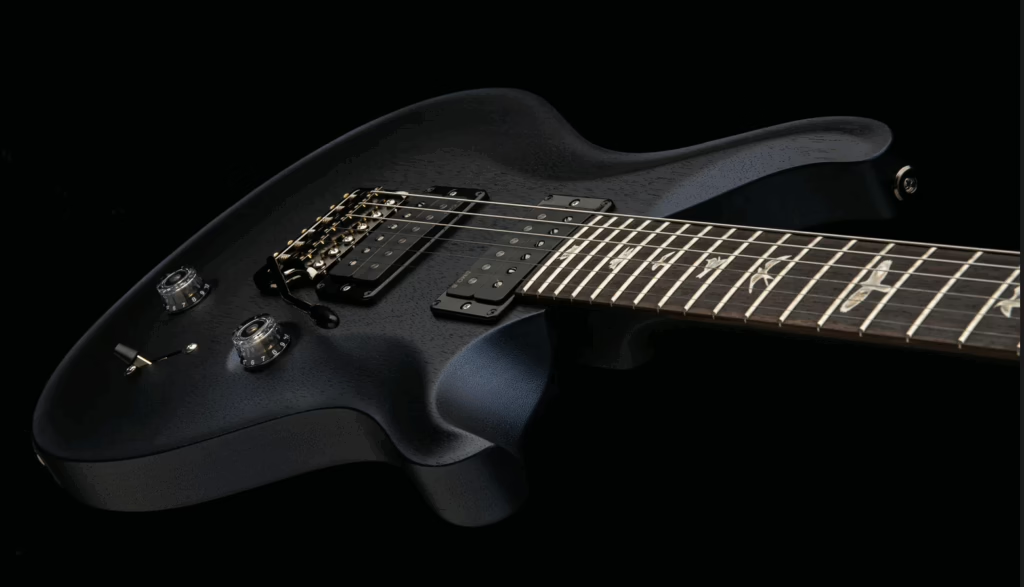Advertisement
The Wonder Of It All
Photo cover by: Betsy Martinez
For this installment, and in solidarity with the themes of the month of February, I thought it would be fun to touch on a couple compositions in the long and illustrious history of love songs in music.
It’s hard to explain the feeling that they give you when you hear them. Whether you’re in the very beginning stages of a new relationship, in the throes of a rocky one, or dealing with a tough break up, love songs have been around for a very long time as the land to anchor you to an unforgettable time and place in your life.
Lucky for us, there are countless examples across all genres of music dating back centuries, especially in the 20th Century emergence of rock and roll. The tradition of expressing romantic, or sometimes, angry feelings through music has come in all forms: ancient poems, medieval sonnets, and contemporary music.
Although there are literally thousands of great songs to choose from, I picked two for this article to focus on due to the impeccable writing and clever chord changes.
First, let’s take a deeper dive into “Something” by The Beatles. The reason I say “dive” is because this song truly is a journey into the deep end of the pool in terms of lyrics/melody, arrangement, and guitar composition. The trifecta of songwriting.
A true masterpiece penned by George Harrison, this is one of many gems that he brought to the table in the later stages of The Beatles’ legendary, but surprisingly brief, career. The true amazement of their career, and more importantly, their prolific song catalog, was how much memorable music was composed in a very short period of actual active years (seven years, seven months, 24 days). Surprising, right?
Harrison began penning the tune in September of 1968 during the recording sessions for the White Album. “Something” is the first serving from Harrison to become an A-Side single for the boys from Liverpool, England. It also signaled the beginning of his work being considered as strong as his bandmates’, and main songwriters’, John Lennon & Paul McCartney.
Harrison wrote the song in the most aurally pleasing of keys, C Major. Right out of the gate the games begin. He starts the song on a very clever chromatic lick starting on the second-string A note in the 10th position, a half step bend on B (bending up to C), back to A, then walking to Bb, B and finally landing on C note on the 13th fret.
(Figure 1).
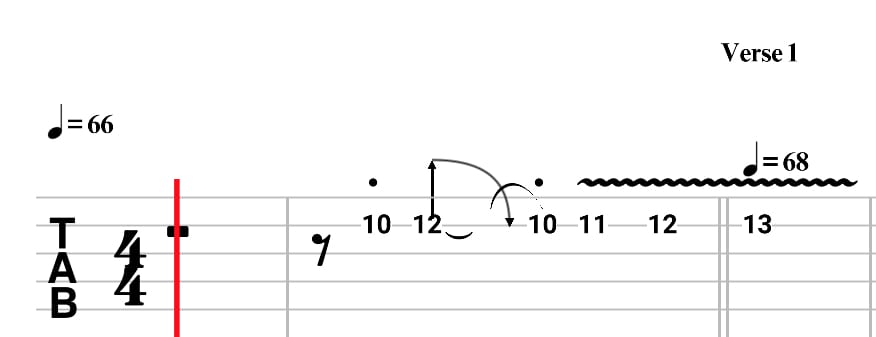
Using C Major as the key center, he starts with a C Major chord, leading into C Major 7 chord, and finally landing on C7. From there, it’s F Major, walk down to D Major, turning to D7, on to G Major, and, then the chromatic walk down on A minor (AmMaj7, Am7 respectively) starting in the 5th position. The chromatic opening riff repeats, and the whole thing starts again. A brilliant little journey that circles around twice until the Bridge of the song.
(Figure 2).
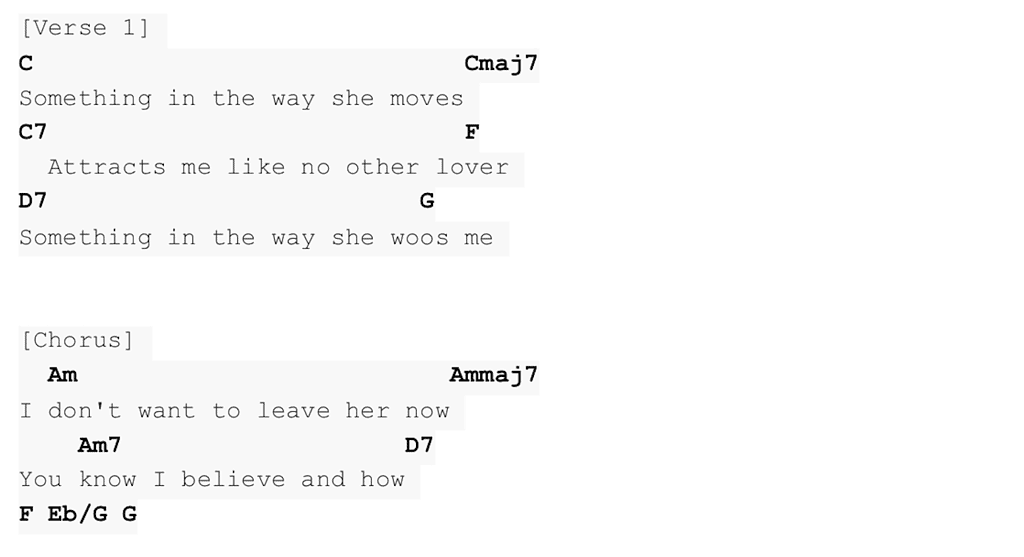
The Bridge of the song does an odd, but equally brilliant, move briefly to the key of A Major with the chords (A, C#m, F#m, A) on to a D Major chord, a G Major chord, then to a chromatic walk down in A Major. The part repeats and the second time around instead of a chromatic walk down A Major (A / G# / G / F# / F / E), it’ s a walk down a C Major chord (C / B / A / G / E (4th string) / Open D (4th string).
(Figure 3).
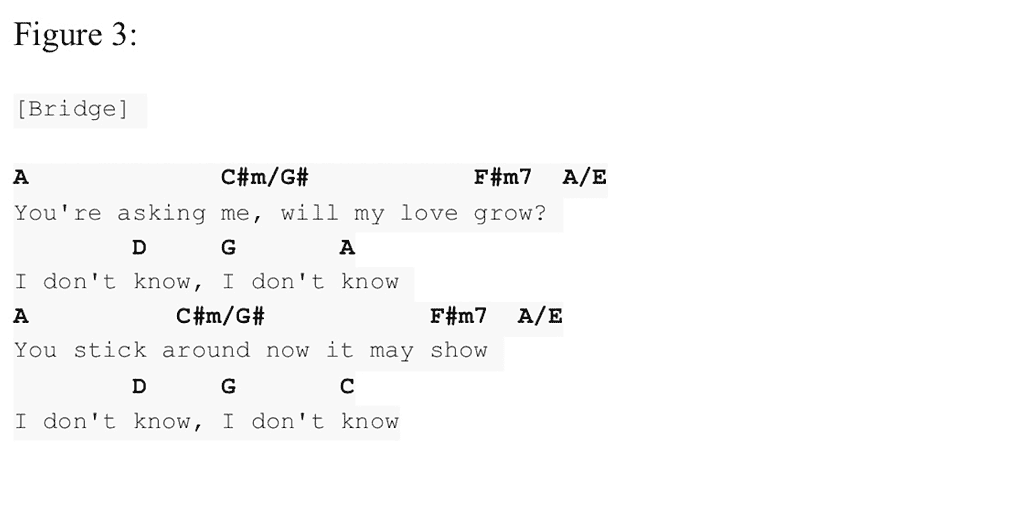
The guitar solo, which is one of my personal favorites, is laid over the verse rhythm chord structure (refer to Figure 2).
(Figure 4). SOLO
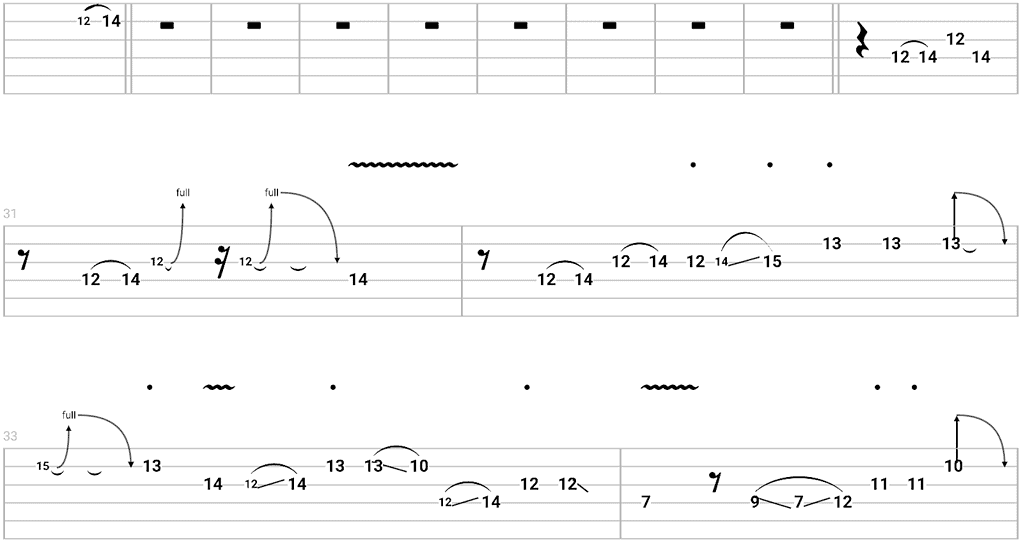
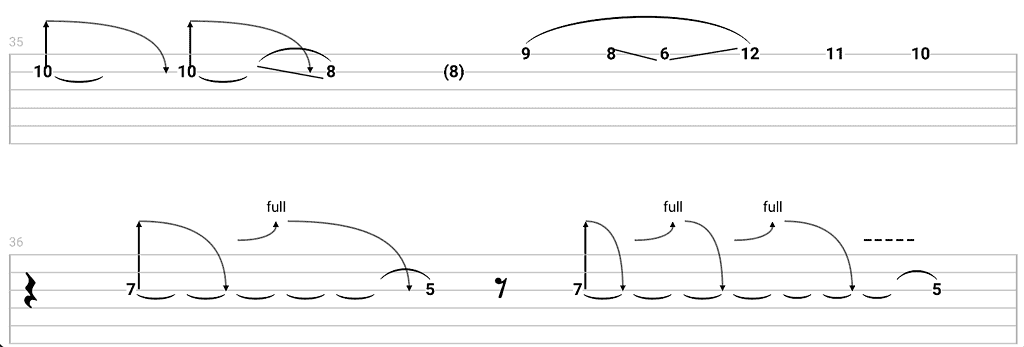
(Figure 4 Cont).
In celebration of Black History Month, and in keeping with the spirit of the article, the second song I chose is “May This Be Love” by the one and only Jimi Hendrix. Although “MTBL” is not as technically involved chord wise as “Something,” it’s an equally brilliant composition, especially

with the chromatic movements that Hendrix employs in the Bridge. Must have been a 60s thing.
Hendrix composed this song in all of its key of E Major glory. (n.b. Hendrix recorded this song with the guitar tuned 1/2 step down, but still uses the “E Major” chord shape). All the beauties from the scale are in this one.
Hendrix starts the song out using a slide way up past where the fretboard stops on the high E and B strings, making his way all the way down the fretboard while incorporating the G, D, A, and finally the Low E string on the long trip down the fretboard back to the first fret to make the strange, glistening sounds.
Verse 1 then immediately enters with a beautiful, 1 / m2 / 4 / 1 chord progression. (Fig. 1).
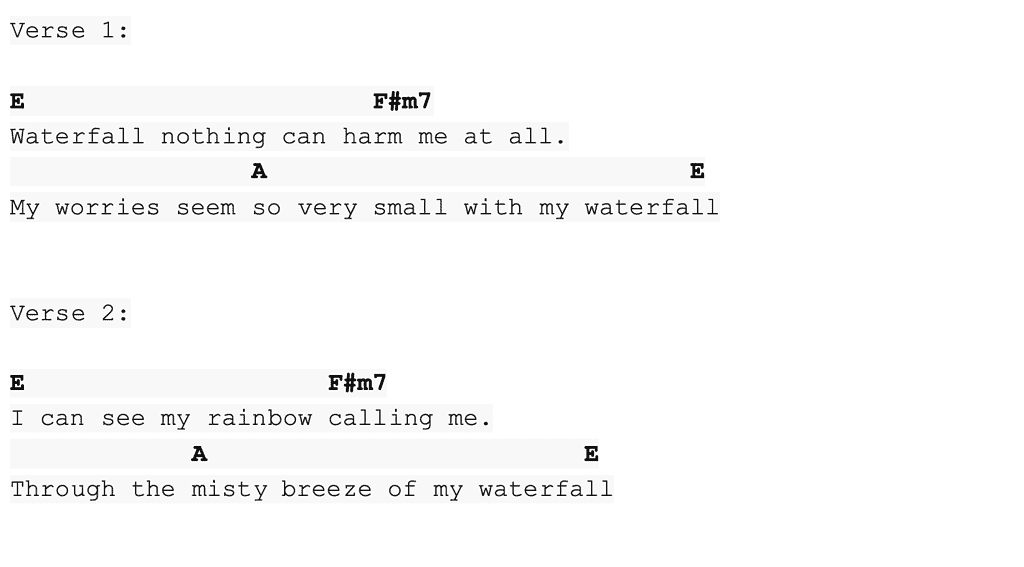
Fig. 1 repeats right away into Verse 2, and walks us right into the Bridge (Fig. 2).
Fig. 2:
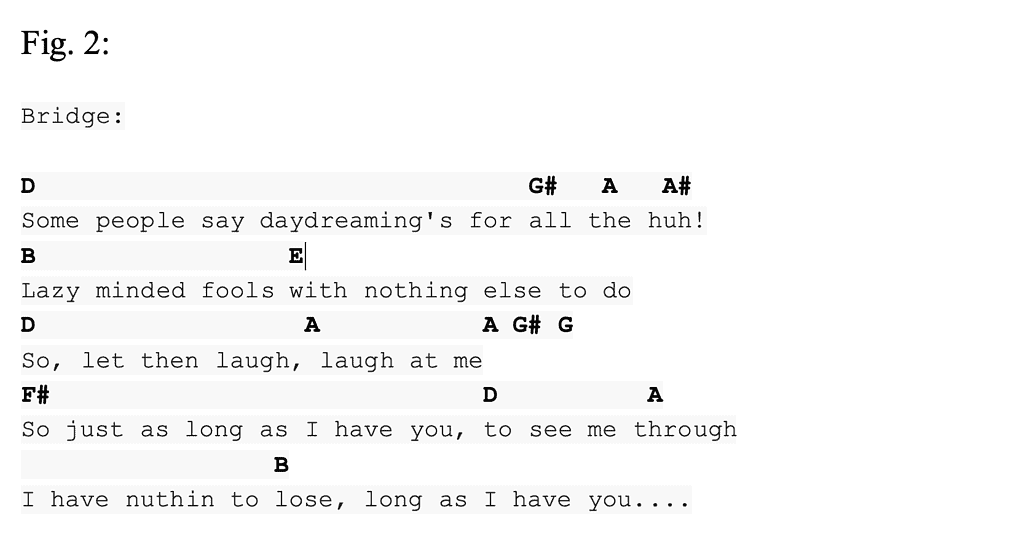
Some nice chromatic movements walking up to the B chord and later back down to the F# chord. The chromatics give the chord changes such an interesting movement to the listener.
After the Bridge, he takes us to the third verse and Outro solo. In true Hendrix fashion, he peels off some super tasty legato slide licks before using the actual slide again to put a nice bow on a short, but super cool song.
Hope you all enjoyed checking out this deeper look into two of the best love songs ever written. Hope everyone is well and keep up the great practice! See you next month.
